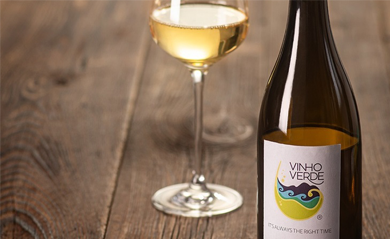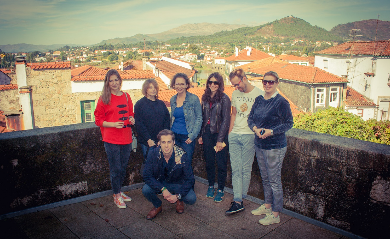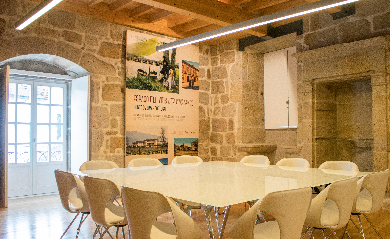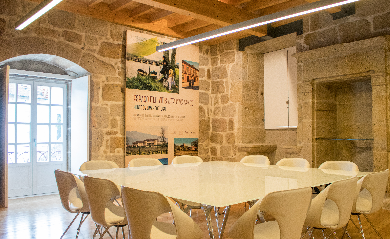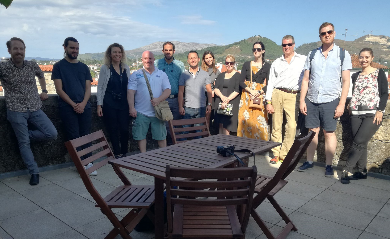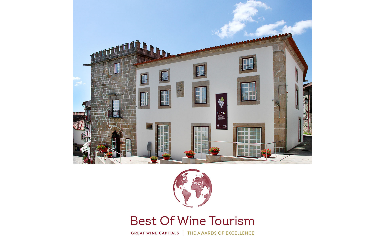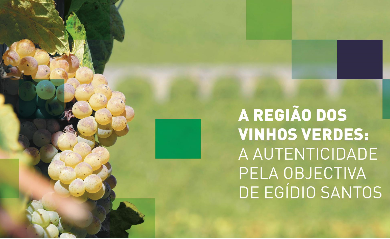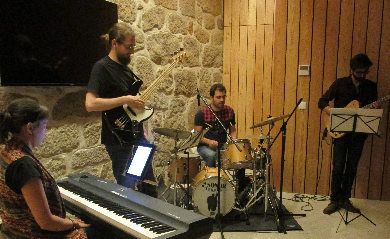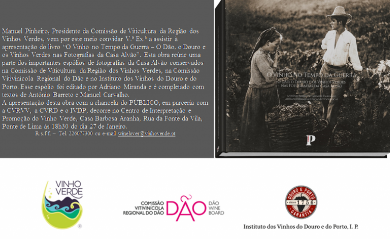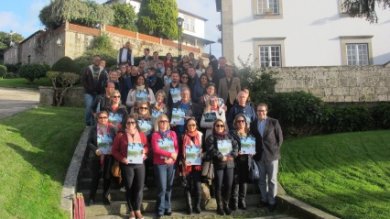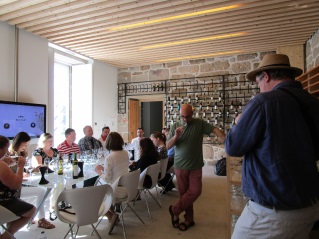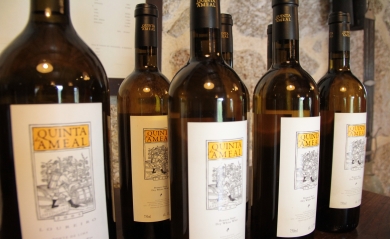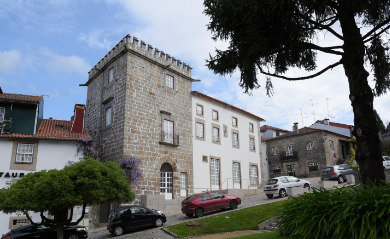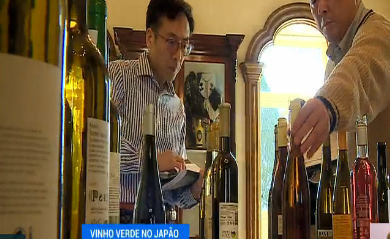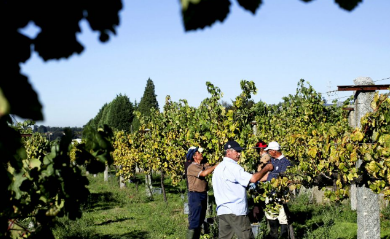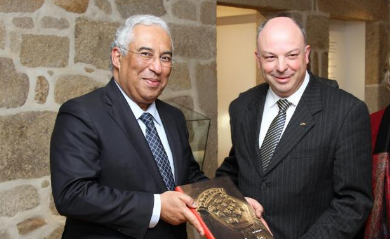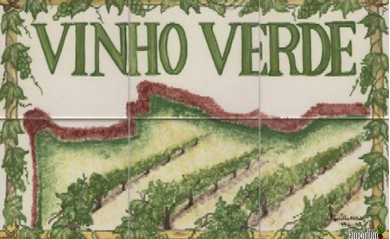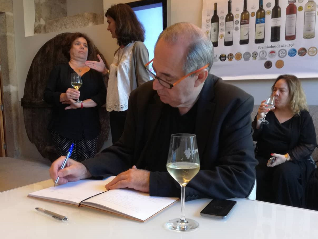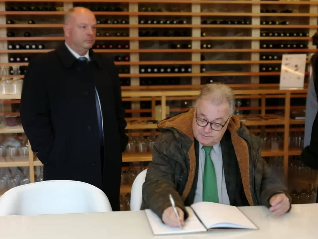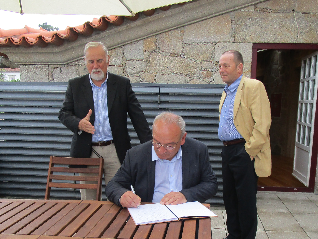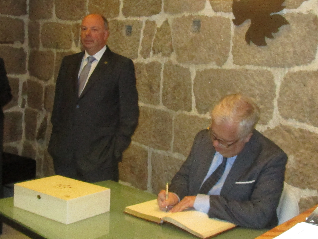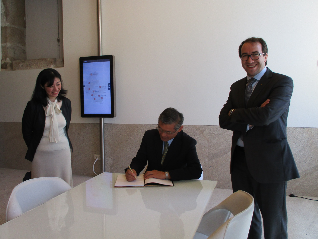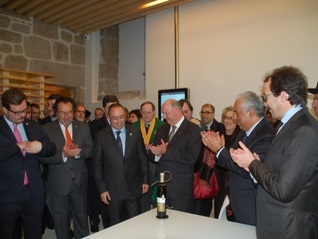|
Roman influence is at the origin of the Vinho Verde Region,
like other wine-producing regions of Europe but only in the ninth
century do we find the first document with reference to the donation of
vines and vats for storing wine in Alpendurada, Marco de Canaveses.
In
949, the skirting vine is mentioned in the book of D. Mumadona Dias.
Other documents could be cited although it is unnecessary if we take
into account that the Christianization of the territory and the
emergence of the parishes imperiously included wine in their
celebrations.
The knowledge of wine is demonstrated in some
monastic houses of Cistercian monks whose foundation dates back to the
eleventh and twelfth centuries. In the middle Ages, farm contracts
almost always required a quantity of wine in their incomes, so their
inclusion in the diet of the population should have been common. Over
time various ways to sustain the vines were tested as it naturally
curled around trees or other natural holders. As the region is mainly
characterized by small farms and given the population increase it was
essential to plant other foodstuffs in the central area of land leaving
the vineyard to the perimeter of the farmed area. It was thus
characterized as the Vinho Verde Region in the medieval period and we can still see the trellises defining the boundaries of fields or shadowing yards in the summer.
In the sixteenth to eighteenth centuries, the Vinho Verde is
recorded as an important source of tax revenue, a sign of its weight in
the economy. In the mid-nineteenth century and with the appearance of
phylloxera, major changes in vine planting are undertaken and grafting
becomes a mandatory practice for anyone who wanted to produce wine.
Many were the ways that the Vinho Verde was transported for trade in urban centers such as on the back of
animals, held in bottles and casks and guided by oxcart drivers. By sea,
they were sailed in barges and ‘patachos’ a slight, two-masted merchant
vessel and even down the river in boats like the "arriba water" or the
"Rabelo".
In the 50s the Wine Co-ops played a major role in the
production and dissemination of this wine and both consumption and the
change of vine training systems and quality control led to an increase
in its production.
The Vinho Verde is now worth more than 30 million in exports. It stretches to more than 70 countries on all continents.
|


















